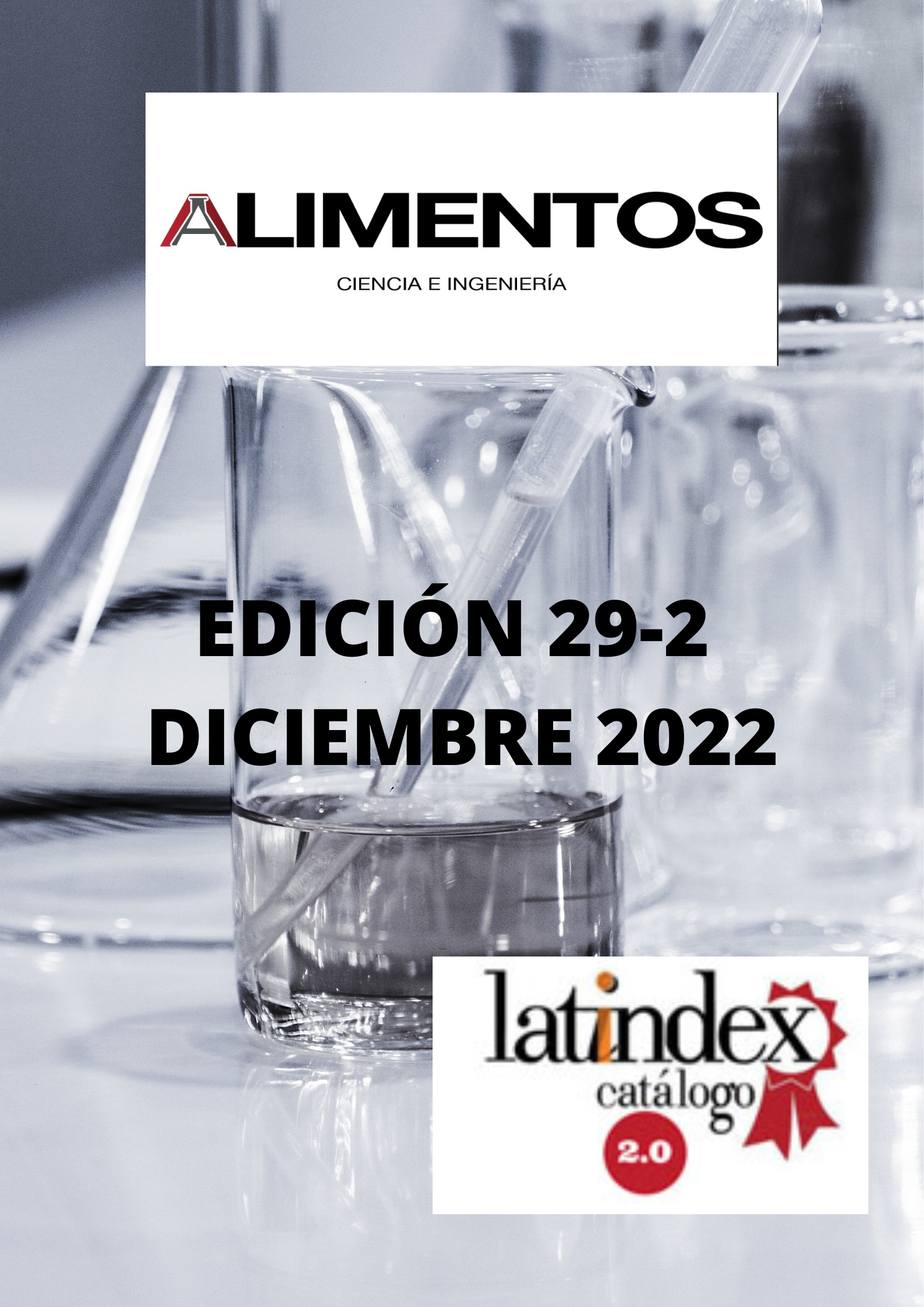Production of Bioplastic and their Applications as Food Packaging: PLA AND PHB
Contenido principal del artículo
Resumen
The food industry contributes around 40% of the containers and packaging used and discarded until 2020 worldwide. Social, environmental, and political interest in the development of biodegradable containers is growing, as is the demand of consumers for fresh and quality food products. Bioplastics are classified according to their chemical composition, origin, and synthesis process. Polyhydroxyalkanoates (PHA) are materials of microbial origin, while polylactic acid (PLA) is obtained from lactic acid and the chemical reaction of lactide that produces the biomaterial. This work explores, through a bibliographic review, the principles and production of bioplastics made from polylactic acid (PLA) and polyhydroxybutyrate (PHB) and their application in food packaging. These materials constitute particularly interesting materials due to their potential in a wide range of applications. Physical-chemical properties of the biomaterials requested to make food packaging are permeability to moisture, oxygen permeability, and mechanical properties. The requirements established for the different types of packaging used in the food industry can be achieved by these biomaterials. In the same way, the environmental, economic, and industrial advantages and the challenges encountered for their massive use have been estimated. It was identified that the reduction of manufacturing costs can be achieved through the use of agricultural biomass residues as a source of substrate for fermentation processes. PLA and PHB are particularly interesting materials due to their potential in a wide range of applications in the food industry due to their biodegradation capacity and efficiency.
Descargas
Detalles del artículo

Esta obra está bajo una licencia internacional Creative Commons Atribución-NoComercial 4.0.
Aquellos autores/as que tengan publicaciones con esta revista, aceptan los términos siguientes:
a. Los autores/as conservarán sus derechos de copiar y redistribuir el material, bajo los términos estipulados en la Licencia de reconocimiento, no comercial que permite a terceros compartir la obra bajo las siguientes condiciones:
Atribución: debe dar el crédito apropiado, proporcionar un enlace a la licencia e indicar si se realizaron cambios. Puede hacerlo de cualquier manera razonable, pero no de ninguna manera que sugiera que el licenciante lo respalda a usted o su uso.
No comercial: no puede utilizar el material con fines comerciales.
Sin restricciones adicionales: no puede aplicar términos legales ni medidas tecnológicas que restrinjan legalmente a otros hacer cualquier cosa que la licencia permita.
Citas
producción más limpia (Vol. 106, pp. 408–421). Elsevier Ltd. Retrieved from https://doi.org/10.1016/j.jclepro.2014.09.040
Colombo, B., Villegas Calvo, M., Pepè Sciarria, T., Scaglia, B., Savio Kizito, S., D’Imporzano, G., & Adani, F. (2019). Biohidrógeno y polihidroxialcanoatos (PHA) como productos de un bioproceso de dos pasos de desechos lácteos desproteinizados. Gestión de Residuos, 95. Retrieved from https://doi.org/https://doi.org/10.1016/j.wasman.2019.05.052
Coppola, G., Gaudio, M. T., Lopresto, C. G., Calabro, V., Curcio, S., & Chakraborty, S. (2021a). Bioplastic from Renewable Biomass: A Facile Solution for a Greener Environment. Earth Systems and Environment, 5(2). Retrieved from https://doi.org/10.1007/s41748-021-00208-7
Coppola, G., Gaudio, M. T., Lopresto, C. G., Calabro, V., Curcio, S., & Chakraborty, S. (2021b). Bioplástico de biomasa renovable: una solución fácil para un medio ambiente más verde. Sistemas Terrestres y Medio Ambiente, 5(2), 231–251. Retrieved from https://doi.org/10.1007/s41748-021-00208-7


